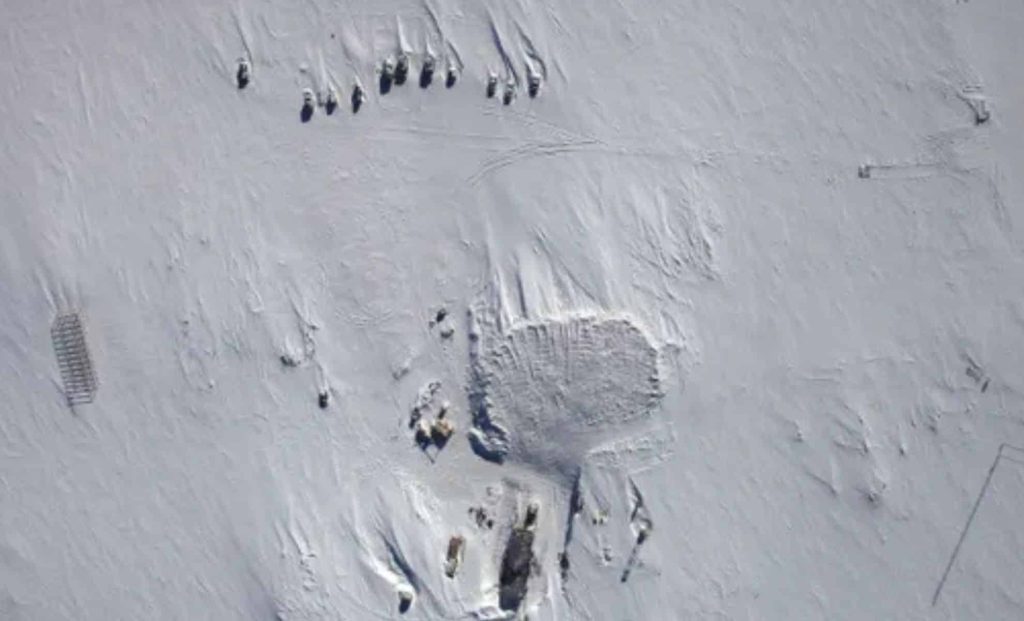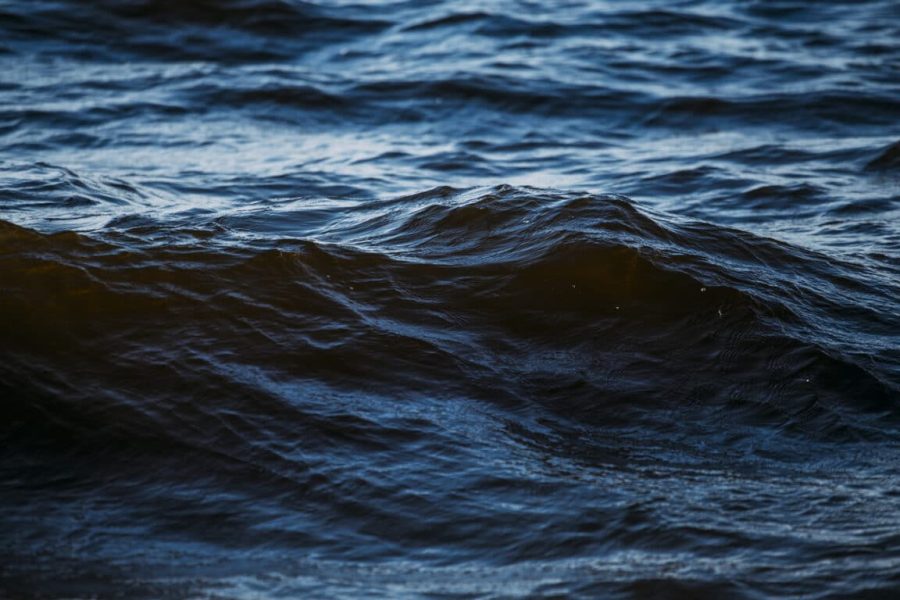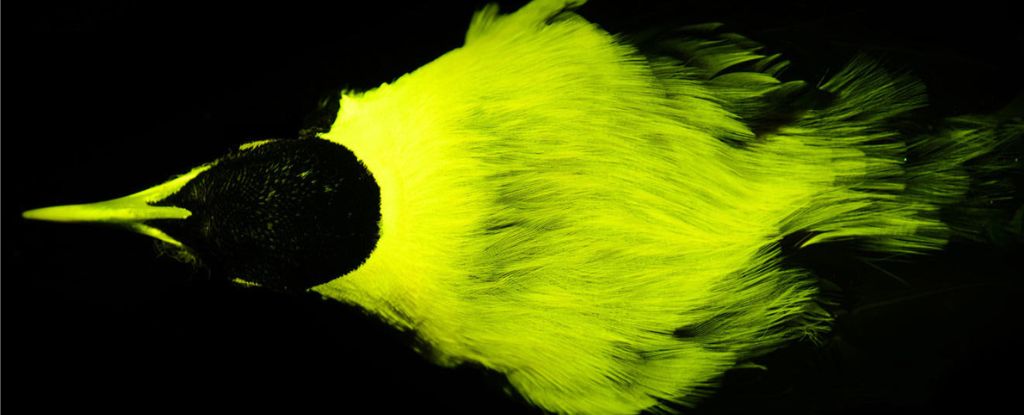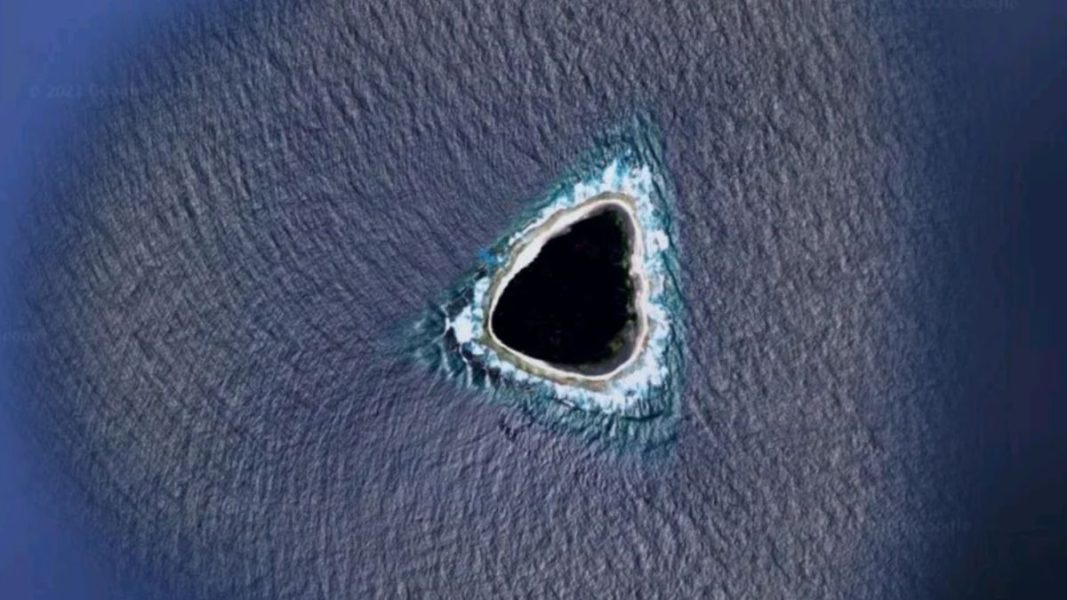A 15-Million-Year-Old Mystery Uncovered: The Hidden Life Beneath Antarctica’s Lake Vostok – Indian Defence Review

Buried beneath Antarctica’s thick ice sheets lies Lake Vostok, a hidden world that has been isolated for 15 million years. This mysterious subglacial lake has remained sealed from the outside world, preserving an ecosystem unlike anything else on Earth. Scientists have long been fascinated by its potential to harbor life forms that have adapted to extreme conditions, cut off from sunlight and nutrients. Buried deep beneath the thick ice sheets of Antarctica lies a hidden world of extreme life, frozen in time for millions of years. Lake Vostok, one of the largest subglacial lakes on Earth, is located in East Antarctica, beneath a massive ice sheet that reaches up to 2 miles (3 kilometers) thick. Despite being buried for over 15 million years, the lake holds secrets to not only Earth’s distant past but also the possibility of life beyond our planet. With no sunlight and minimal exposure to the outside world, the lake has developed a unique ecosystem composed of extremophiles, organisms that thrive under the most inhospitable conditions.Lake Vostok was once a surface lake, but it became isolated and covered by thick ice at least 15 million years ago. Some estimates suggest it has been trapped under the ice for up to 20 million years or more, making it one of the most isolated and pristine environments on Earth. The extreme isolation has created an ecosystem where life has had to adapt in unimaginable ways, using chemicals and minerals found in the surrounding bedrock to survive in the absence of sunlight.For decades, the lake remained shrouded in mystery, its depths hidden beneath miles of ice. It wasn’t until 1993 that researchers were able to detect the lake using satellite radar technology, which could penetrate the thick ice to reveal the body of water beneath. However, accessing the lake’s waters wasn’t easy. According to LiveScience, it wasn’t until 2012 that scientists successfully drilled through the ice to reach the lake, after years of careful planning and technological advancements. This marked a significant milestone in subglacial exploration, providing researchers with a rare opportunity to study the pristine ecosystem that had been isolated for millions of years.In 2012, the drilling team successfully made contact with the waters of Lake Vostok after drilling through more than two miles of ice. This marked a significant breakthrough in subglacial exploration, giving scientists a rare opportunity to study one of the most isolated environments on Earth. The success of the operation followed years of technical planning and careful consideration to avoid contamination of the pristine lake waters, with researchers hoping to learn about the ecosystem that has existed in isolation for millions of years.The water temperature in Lake Vostok hovers around 27°F (-3°C), but it remains liquid due to the immense pressure exerted by the overlying ice sheet. The lack of sunlight makes photosynthesis impossible, so the organisms that thrive in Lake Vostok must rely on other sources of energy. Researchers believe that microorganisms in the lake have adapted to feed off minerals and chemicals in the bedrock, in a similar way to organisms living near hydrothermal vents in the ocean. These organisms, known as extremophiles, are capable of surviving in conditions that would be lethal to most other life forms.In 2013, researchers studying the accretion ice above the lake found DNA from over 3,500 organisms, including fungi and bacteria commonly found in the digestive tracts of fish. These findings suggest that the lake was once connected to the ocean, providing evidence that it may have once been a thriving ecosystem before it was cut off by the thickening ice. The presence of such unique life forms in an isolated environment has spurred interest in studying Lake Vostok as a potential model for life on other planets, such as Jupiter’s moon Europa, where a similar subglacial environment may exist beneath its icy surface.Lake Vostok is more than just a remote location to study life. It offers a rare glimpse into the Earth’s distant past. The lake has remained isolated for millions of years, preserving a record of the environment from a time when the planet was much warmer. The study of the lake’s sediment and water samples could provide insights into past climate conditions and help scientists understand how life on Earth has adapted to changing environmental factors over millennia.The potential for further discovery is immense. Researchers are particularly interested in exploring the microbial life that exists in the lake, as it could reveal information about early life forms on Earth and provide a model for understanding the origins of life on other planets. Lake Vostok’s ecosystem is unlike anything else on Earth, making it a unique scientific resource.The findings from Lake Vostok could also have profound implications for astrobiology. Scientists are particularly interested in the possibility of finding similar environments on other planets or moons, such as Europa, which is thought to have a subglacial ocean beneath its icy crust. If life can exist in the extreme conditions of Lake Vostok, it raises the possibility that life could exist in similar environments elsewhere in the solar system. The study of this isolated ecosystem could provide crucial clues about the potential for life on other worlds.Comment Save my name, email, and website in this browser for the next time I comment.
© 2024 | Indian Defence Review | All rights reserved
Source: https://indiandefencereview.com/15-m-year-mystery-lake-vostok-antarctica/






